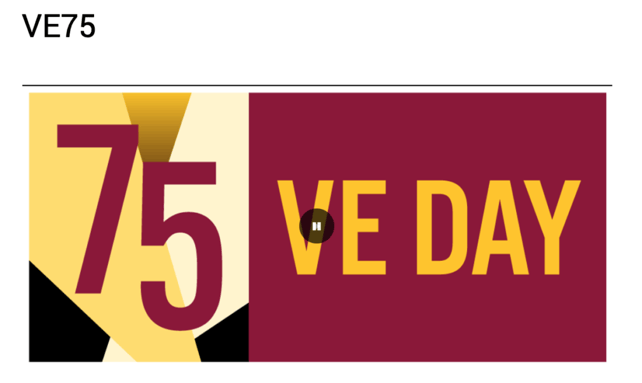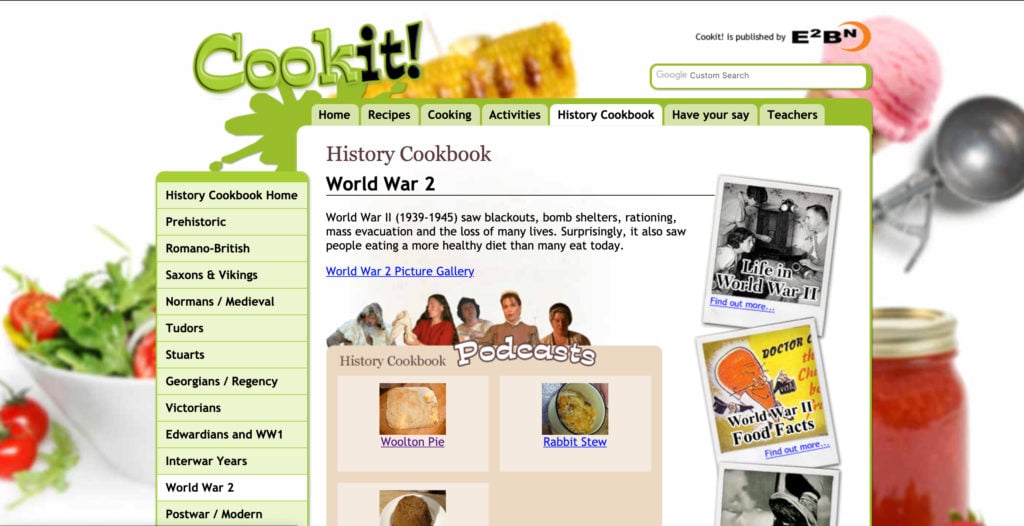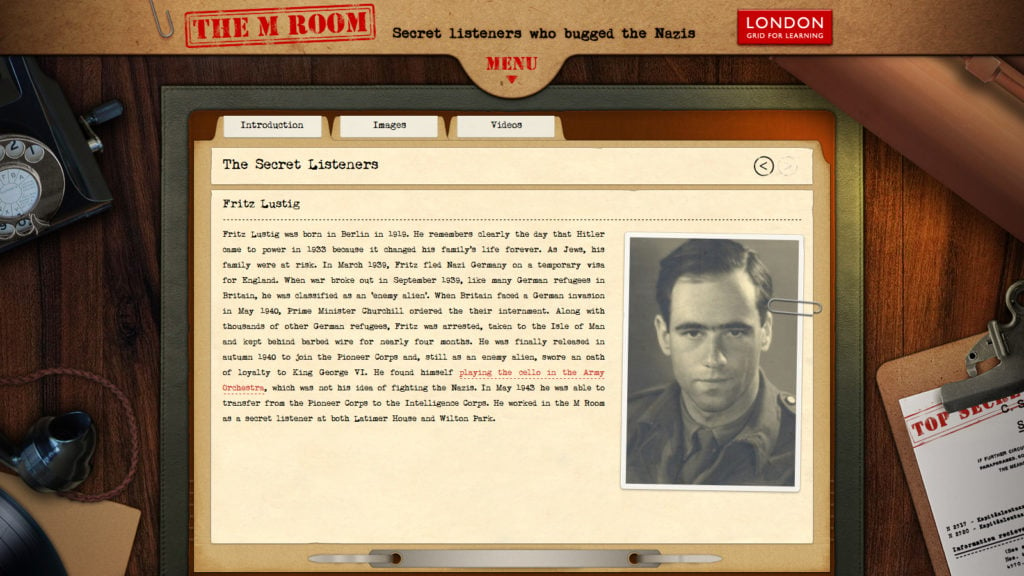Curriculum Blog
#VEDay75 – Friday 8th May
May 8th 2020 marks the 75th anniversary of VE Day, Victory in Europe Day commemorates Tuesday, 8 May 1945, the date when the Allies of World War II formally accepted Nazi Germany’s unconditional surrender of its armed forces. It thus marked the end of World War II in Europe.

In previous years, VE Day has been celebrated with street parties, community gatherings and services of thanksgiving. This year, because of the coronavirus pandemic and the UK’s lockdown restrictions, the previously planned large celebrations for the 75th anniversary will not be able to go ahead and the day will look slightly different than originally intended. Despite the restrictions, however, VE Day celebrations will still go ahead.
People have been asked to create a Stay At Home Street Party where people can still celebrate the day with their neighbours whilst observing social distancing and staying at home. Organisers are encouraging the public to decorate the outside of their homes in red, white and blue, bunting and flags to mark the occasion, so that whole street is adorned in the nation’s colours, a two-minute silence has been planned for 11 am, followed by a ‘toast to heroes’ at 3 pm.
People are also being encouraged to forgo group gatherings for afternoon tea and picnics and instead hold a smaller celebration in the garden or on a doorstep with your household.
LGfL has a range of resources to help you plan for the day and also help your child research the topic of World War 2 in more detail.
To create an atmosphere and to help build a sense of the moment you could use the BBC Sound Effects resource. You could explore which sounds your pupils/children recognise from the “mystery sounds” you play. There are many sounds to pick from including Doodle Bugs, gunfire, air raids and tanks.

To explore and learn more about WWII with text suitable for most age ranges, the Widgit resource has WWII ‘Books’ and ‘Activities’. The titles in the books include World War 2, The Blitz, War in the East, Life at Home and Life for Children. These short books contain simple sentences and pictures, with each covering a separate topic. Each book is available at 5 different levels and has relevant vocabulary cards at the back and has an activity pack (with six activities – matching activity, missing vowel, quiz, sentence matching, spelling and word search) to download.

Busy Things has a ‘World War 2 warfare’ resource which explores the question, “What was it like for soldiers to fight in the war?” In addition, you could use the new Comic Strip resource in BusyThings with your pupils/children. They could storyboard the announcement that the war was over, the way people celebrated VE Day or even the causes of WWII by choosing from the pre-prepared templates for comic strips.

A party isn’t complete without a playlist. The 1940s was known for big band and jazz – as well as new wave electric guitar thanks to Les Paul in 1941. Here is a swinging playlist created using audio network.
Create your very own WW2 dinner with some recipes from the CookIt bank of historical recipes, you can found out how eating habits were changed greatly by wartime shortages. For many people rationing, synthetic foods, strange food combinations and the restrictions of the daily diet were among the most vivid memories of life in WW2. Why not make a Lord Woolton Pie or bake an eggless cake? The Cookit Menumaker activity allows you to create a huge range of colourful and attractive menus. Why not make a menu for your VE Day celebration?

Should you want to explore the work of women as code breakers during WWII then our resource ‘Women in Computing’ aims to recognise and promote the achievements of women in British Computing within the social context of the time. Children can learn about the important role they played in the eventual victory of WWII.

To explore the Holocaust and Nazi era in greater depth, you could use the Documenting the Holocaust resource. LGfL has been given unique access to the Wiener Library’s collection (a world-leading and extensive archive on the Holocaust and Nazi-era). This powerful resource is aimed at Key Stages 2-5 PSHE, Citizenship, History and R.E.
The M Room resource from LGfL gives exclusive access to secret World War II listening sites where the British Secret Service bugged high-ranking German Military prisoners. The resource features an interview with one of the original secret listeners and extensive primary-source material from the Ministry of Defence, relatives of those involved, and The National Archives.

Further resources not hosted on LGfL which are free to access can be found below:
The War and Peace shed from the Literacy Shed, has a range of short films that could be used when looking at the theme of World War II (including ‘German in the Woods’, ‘The Piano’ and ‘Beyond the Lines’.)
Visit the Imperial War Museum site for “What you need to know about VE Day” and the “10-photos of VE Day Celebrations”.
Historian and presenter Dan Snow has set a creative challenge for children:
Post your creative content on social media using the #VEDay75 hashtag and tagging Dan Snow in @thehistoryguy on Twitter and Instagram and the DCMS using @DCMS on Twitter and @dcmsgovuk on Instagram.
Email your entries to ve-vjday75@culture.gov.uk and the government will feature a selection on the website. Just include your first name, age and town.
The Royal British Legion’s Teaching Remembrance covers a range of Remembrance topics, with resources designed for Key Stages 2-4.
BBC resources for KS4 WW2: How did the British plan to celebrate VE Day?
Imperial War Museums’ KS2 History VE Day video
English Heritage has put together a pack to help you put together your own celebrations to mark the #VEDay75 from home.
Discovery Education has a series of activities, learn what life was like in Britain during the Second World War culminating in a national virtual tea party.
The Government has created a dedicated toolkit for resources and branding for your activity, including messages or remembrance and thanks for the WW2 generation, with celebrations at home or in your care setting. This includes bunting and posters you can print and display in our home and windows to show you’re marking the day.
We hope this blog proves useful, should you be exploring VE Day. If you complete any of the activities why not share what you did on our Twitter or Facebook accounts? And don’t forget to share your Second World War stories, family histories and messages of remembrance on social media using #VEDay75 to join the conversation now.
Blogpost expanded by Bradley Dardis from an original post written by Laura Smith
